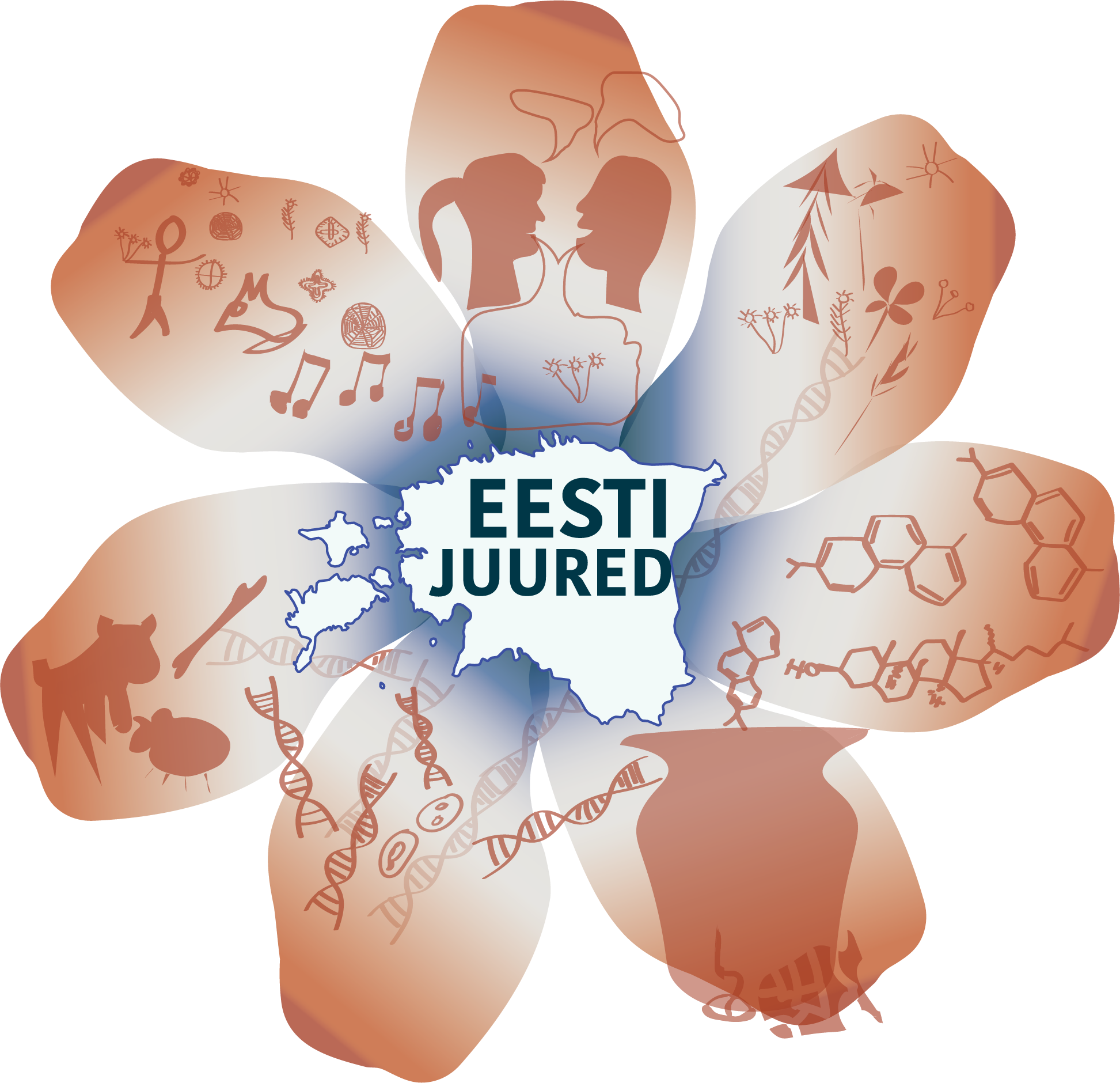With regard to the material culture, the coastal zone of Finland, Estonia and Latvia began to form from around 1500 BC (in Estonia from 1200 BC) onwards, where monumental aboveground stone graves were built and in some places also field systems with stationary borders, i.e., Celtic fields. The fields, burial type as well as the overwhelming majority of the findings are clearly of a western origin – Scandinavia (incl. Gotland specifically standing out) or Northern Central Europe. A small group of objects that have been found in these graves, however, have been brought from either the east or southeast. From the 10th-9th centuries BC, the Tapiola-style ceramics appear in the stone-cist graves, the origin of which can be found in the region of the Volga-Oka-Moscow rivers. So far we know inland remains from the Early and Middle Bronze Age very poorly.
When comparing the archaeological data with linguistic history, the western cultural tradition (graves, field systems and objects) should be connected to the pre-Germanics and the pre-Proto-Germanic language. The Germanic-speaking immigrants encountered a sparse populace on the coastal region, on whose language we have no data. Signs of people arriving from the east, who must have been Uralic-speaking, we can credibly see in ceramics appearing in graves from the 10th-9th centuries BC. During this period, Germanic loanwords begin to appear in Proto-Finnic, many of which are connected to the maritime and fishing industries (e.g. aer 'oar', laev 'ship', mõrd 'fyke'). Whether the eastern newcomers were buried also in Middle Bronze Age stone-cist graves or not is not clear, because genetic data so far has not confirmed this. Currently we can only argue that the newcomers from the east were in place at the beginning of the Iron Age at the latest, although at least their culture arrived in the graves already during the Bronze Age.
The closest studied Bronze Age individuals to Estonia based on ancient DNA are from Latvia (Ķivutkalns) and Lithuania (Turlojiškė), although they were not buried in stone-cist graves. Despite the different archaeological background, the Bronze Age populace of the Baltics is genetically similar – their genome consists similarly to the prior Corded Ware people of three ancestral components. These components originate from the European Hunter-Gatherers, Early European Farmers originating from the Near East and from the Western Steppe Herders of Eastern Europe. The genome of the Bronze Age peoples differs from that of the Corded Ware people in that the proportion of Western of Scandinavian Hunter-Gatherer heritage is increased.


